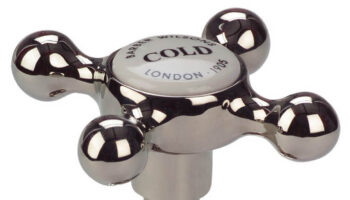It seems hard to remember a time when the cafetiere was an object of luxury. For Britons, used to a mug of instant coffee, the glass pot and its plunger which most of us only saw in cafes with pretensions to grandeur, was not an object that we would assume to own at home.
But gradually the French Press (as it is also known in the US) made its way into our houses. No longer does one offer coffee to a guest specifying that it’s fresh. These days we all assume our elevenses will come from a cafetiere and eyebrows would be raised were that not the case.
Now we go to cafes for our expressos and cappuccinos, beverages which require more equipment than we might have at home. But many coffee lovers maintain the cafetiere is the best method for making coffee as it preserves the flavours in the oils, giving a smooth rich-bodied coffee.
So where did it come from? Well, as with all the best traditions, there’s a row about who invented it, says James Grierson, the owner of Galla Coffee (gallacoffee.co.uk).
“Both the French and the Italians lay claim to it, but what we do know is that the first cafetieres appeared in France in the 1850s. They were made from metal and fitted with a metal screen attached to a rod. The metal screen was plunged down, using the rod and forcing the coffee grounds to the bottom of the pot.”
One story tells of an old Frenchman on his daily walk to escape his nagging wife. He took some food, some firewood and his old coffee pot. But one day he forgot to add the coffee at the start and only added it when the water was boiling. This meant the grounds rose to the top making what the old man thought would be something too horrible to drink.
Enter the Italian travelling merchant carrying a metal screen. The old man bought a small section of the screen, fitted it over the pot and, using a nearby stick, pushed the grounds to the bottom. The two men shared the coffee and agreed it was the best they had ever tasted. Legend has it they then opened a small factory making the cafetiere.
Whether this is true or not, Grierson says we do know that the first registered patent for a cafetiere was lodged in 1929 by an Italian called Attilio Calimani.
In 1958, another Italian, Faliero Bondanini was granted a patent for his version of the pot, which became very popular in France where nearly every home had one by the 1960s.
And finally, enter the British in the form of a company called Household Articles Ltd, who realised the potential of the pot and introduced their version ,the “Classic” to the UK. They called it La Cafetiere and the rest, as they say, is history.
First published in The Independent






